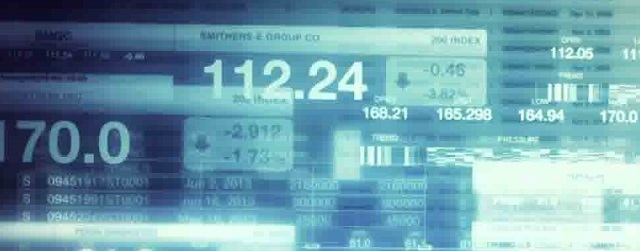Volatility? There’s aplenty of it, to be sure, but stock markets still provide us with useful information about the state of the economy and trends in the current cycle. So it must be worth bearing in mind that the Dow Jones surpassed last week its historic maximum levels, and the S&P 500 runs now closely behind it. In addition, US companies are announcing results 19% over top figures reached before 2007.
History tells us, indeed, that stock markets are extraordinary aggregators of most of the available information from inside and outside the economy. Since 1945, the S&P 500 index has forecast recessions some five months in advance by reflecting a ceiling-like point, in spite of official data not showing the downturn yet.
During the most recent cycle, the S&P 500 touched bottom in March, 2009, and the economy began its recovery in June. Right now, the markets are recording high levels but there isn’t a ceiling point at sight, meaning fears of an impending recession are exaggerated, so far. In fact, in many occasions in which a maximum level has been updated, markets keep rising during the following years–remember 1982-87 and 1989-2000, which led US consumers to believe wealth was increasing, too.
Another piece of information comes from how long the cycle takes. The US economy entered its current phase of expansion in June, 2009, 45 months ago–yes, a time also full of small ups and downs, and worries over new recessions, weak growth and very humble gains of 2.2% on average. The worst was avoided thanks to convenient doses of Quantitative Easing and Twist Operations (monetary injections) that have proved to be good moves. The US got a positive GDP in 2012 and has started the new year with better perspectives.
The question, of course, is how long it will take for the curve to head downwards. No expansion lasts for ever. So far, these 45 months look short comparing to what we observed in 1983 and 2007, that is periods of 100 months on average. But 45 months look just right when compared to what happened in 1945 and 1983, that is 50 months. It might be time for pause and reflection, then.






Be the first to comment on "After 45 months of S&P 500 rises"